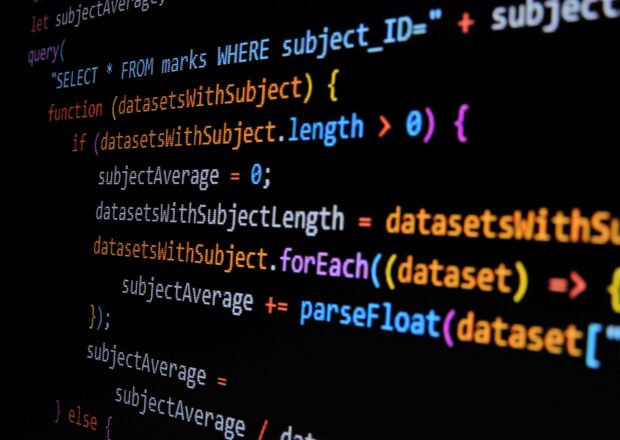Will ChatGPT be the Snake That Eats Its Own Tail? An Analysis of AI-Generated Content and Its Impact on Future Training Data
As the world of artificial intelligence continues to advance, ChatGPT, an AI language model developed by OpenAI, has garnered significant attention for its ability to generate human-like text. As a senior software developer and expert in software businesses, I’m frequently asked about the potential ramifications of AI-generated content, specifically in the context of training new AI models. We were thinking — will there be a limit to new content for AI to learn from if all content is created by AI models like ChatGPT? So we dug in a bit and will show you what we learned about the nature of ChatGPT’s training data, how it functions, and why there will still be content to learn from even in a world where much of the text on the web is created by AI.
Understanding ChatGPT’s Training Data
ChatGPT is based on the GPT-4 architecture and is trained on vast amounts of text data sourced from the internet. This data includes books, articles, websites, and various other forms of content. Through this training process, the model learns to predict and generate text based on the patterns and structures it has observed in the data.
The training data is crucial to the model’s performance, and the quality of the data directly impacts its ability to generate coherent, relevant, and informative text. As the model continues to be trained on new content, it improves its understanding of language and becomes better at generating text.
The Snake That Eats Its Own Tail: AI-Generated Content in the Training Data
As AI-generated content becomes more prevalent, it’s natural to wonder if the training data will eventually consist solely of text generated by ChatGPT and similar models. This could potentially lead to a feedback loop, where the AI model is only learning from its own output, thus becoming the proverbial snake that eats its own tail.
From what we’ve learned, that seems fairly unlikely though, and in general difficult as more and more content continues to be created. A few of the reasons we thought were interesting:
- Human Involvement and Creativity: Although ChatGPT is an impressive language model, it cannot replace human creativity — we just love to make stuff. As long as humans continue to generate content, there will be a constant influx of new ideas, perspectives, and information for AI models to learn from.
- The Evolving Nature of Language: Language is not a static construct; it evolves and changes over time which means the LLMs will need to change over time as well otherwise they will start to sound antiquated as language evolves. As society and culture progress, new words, phrases, and concepts are introduced. AI models like ChatGPT will continue to require training on new data to stay relevant and up to date.
- AI-Assisted Content Creation: It is important to recognize that AI-generated content is not created in a vacuum. It’s more like a collaboration of artists. Often, AI models work in concert with human authors, who provide input, guidance, and editing. This collaboration ensures that the content remains diverse and grounded in human experiences.
- Expansion of Data Sources: As the internet continues to grow, more content is generated every day. AI models will continue to find new data sources and repositories to learn from, including non-textual data such as images, audio, and video, which can also contribute to improving their understanding of language and context.
Our conclusion: More like a snake that eats everything else and keeps growing
While it is true that the rise of AI-generated content will have an impact on the training data used by models like ChatGPT, it is unlikely that the AI will become a snake that eats its own tail. The ongoing collaboration between humans and AI, the evolving nature of language, and the constant growth of the internet ensure that there will always be new content for AI models to learn from. Instead of fearing the rise of AI-generated content, we should embrace it as an opportunity to push the boundaries of human knowledge and creativity.




